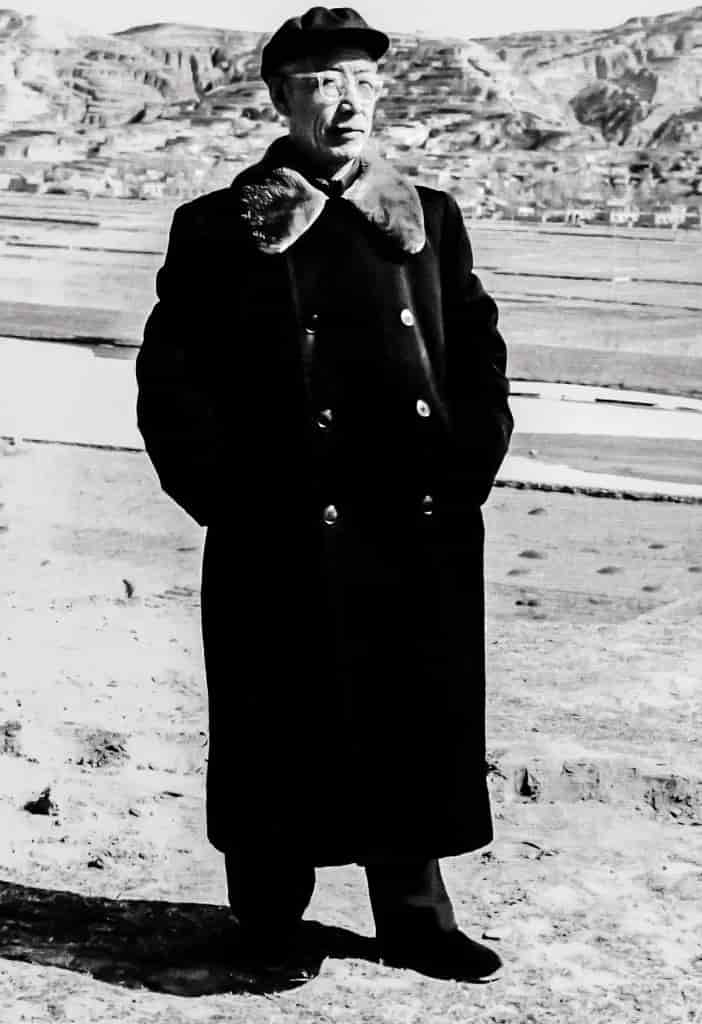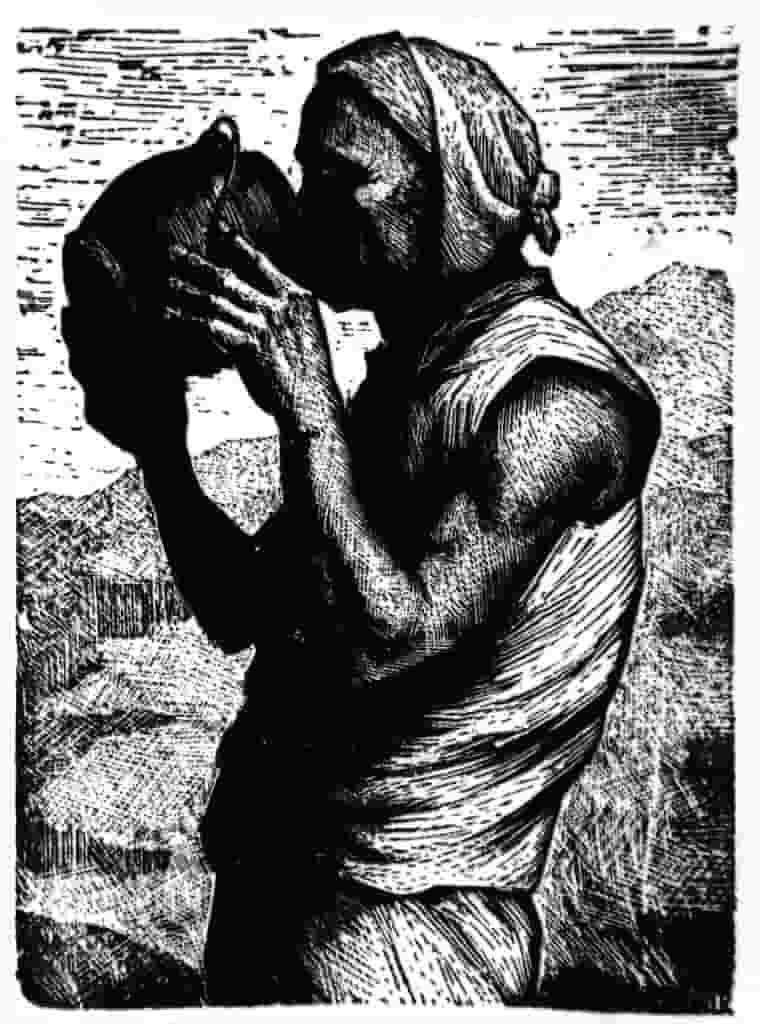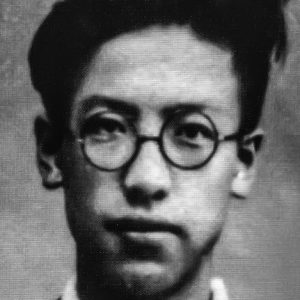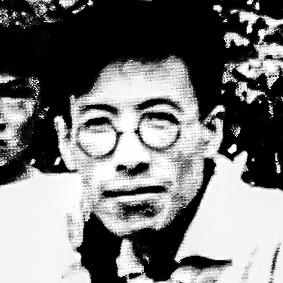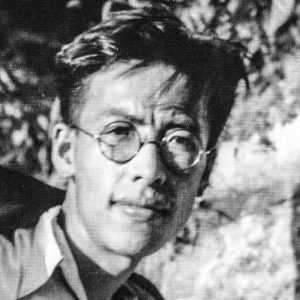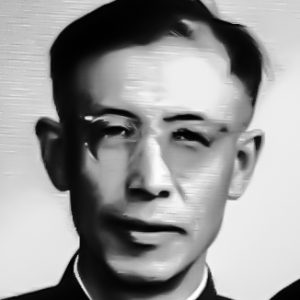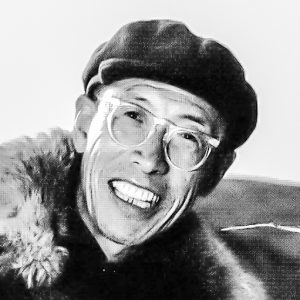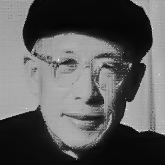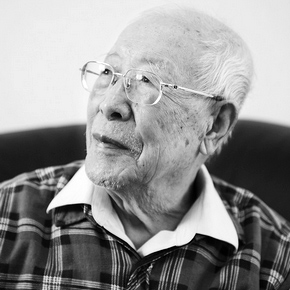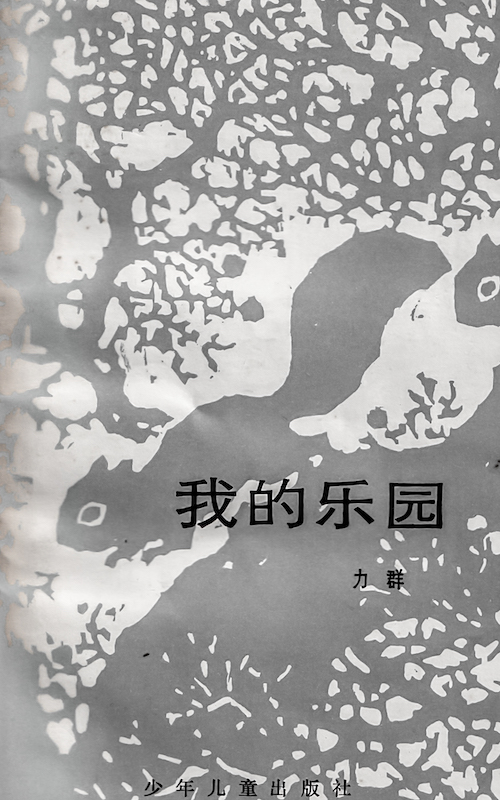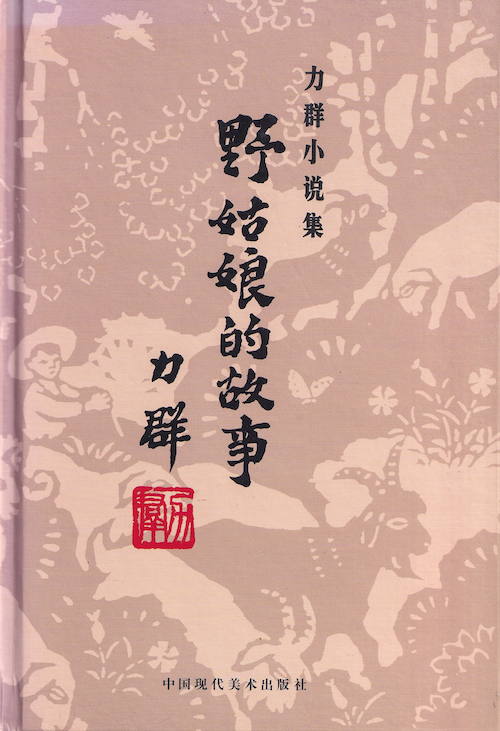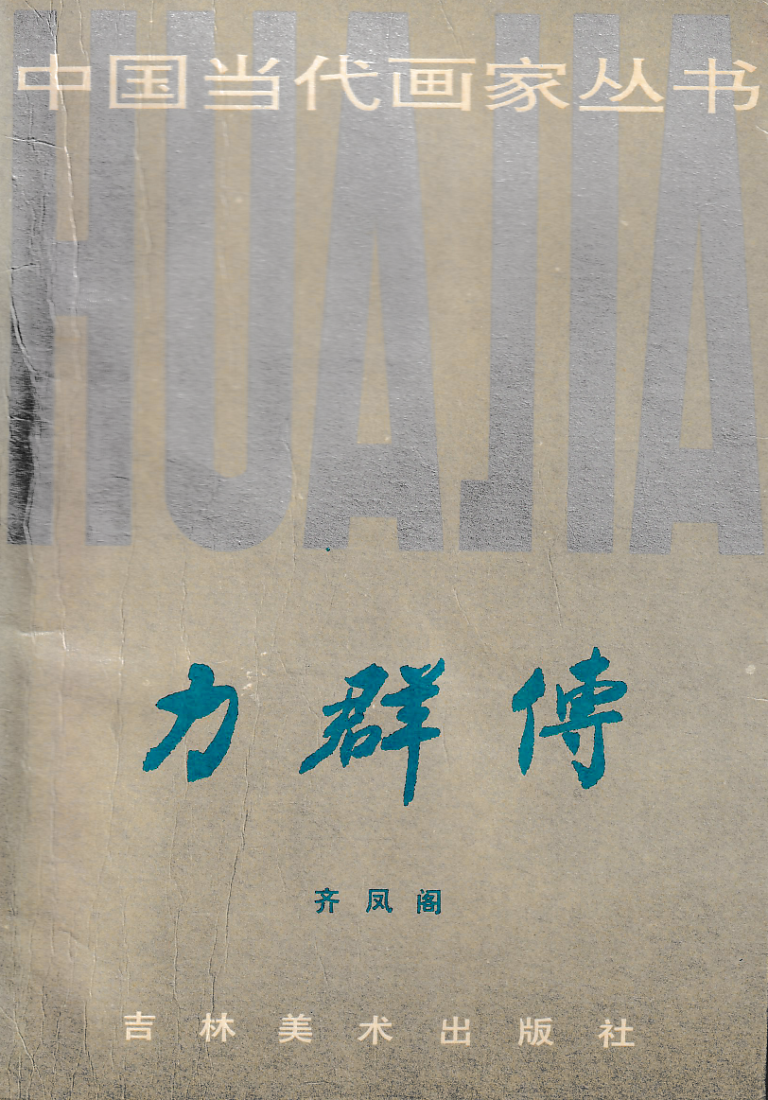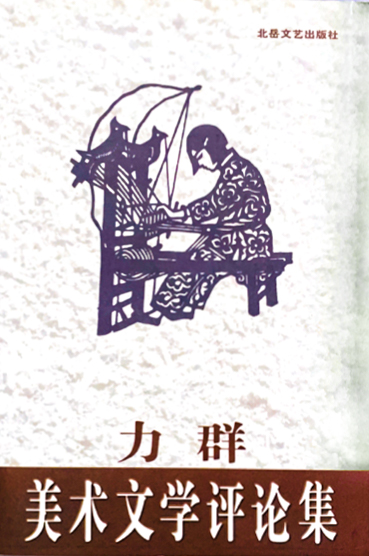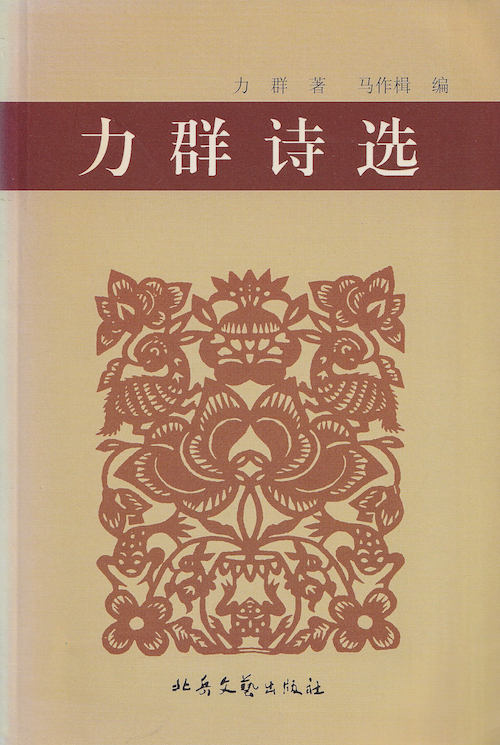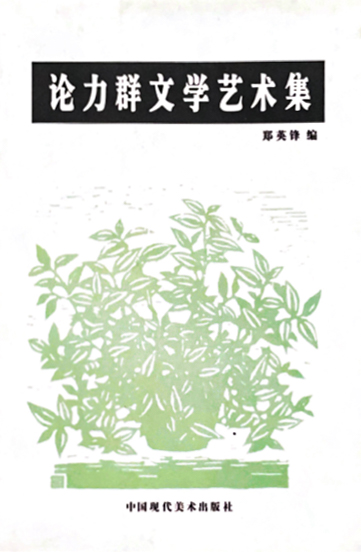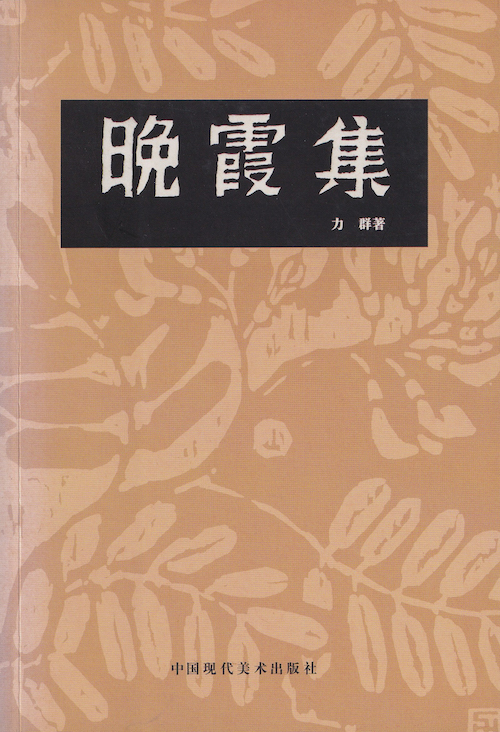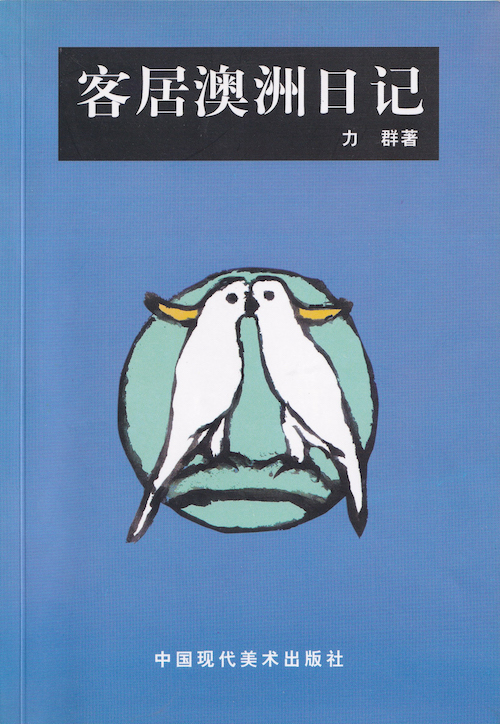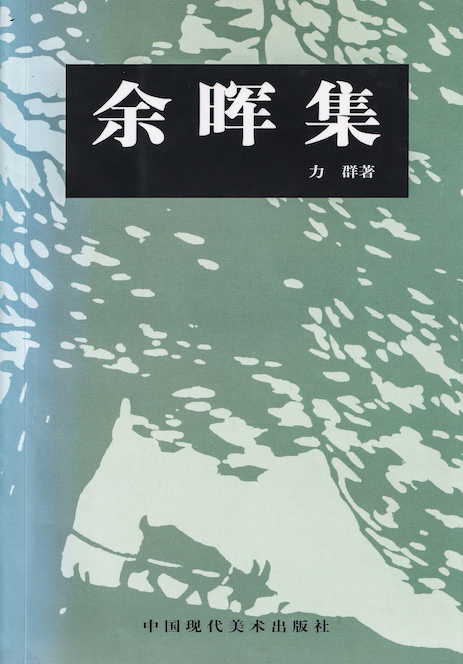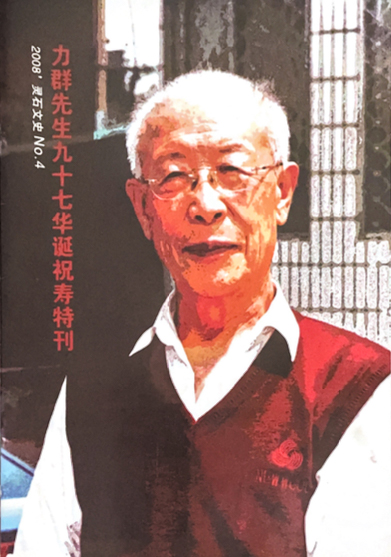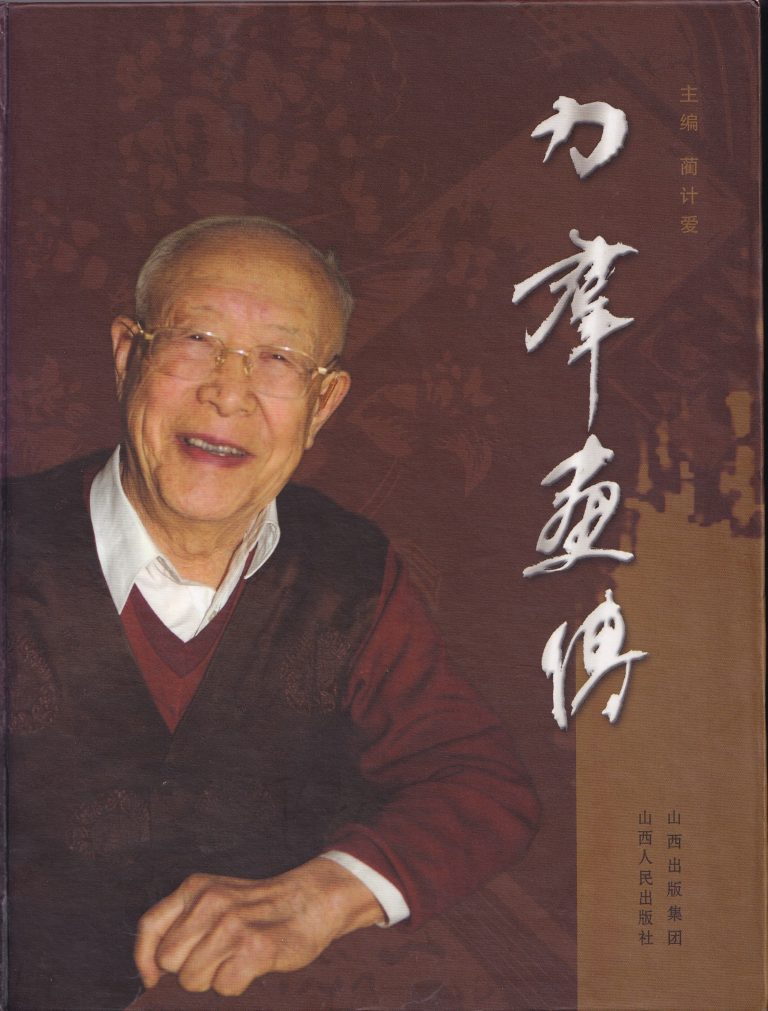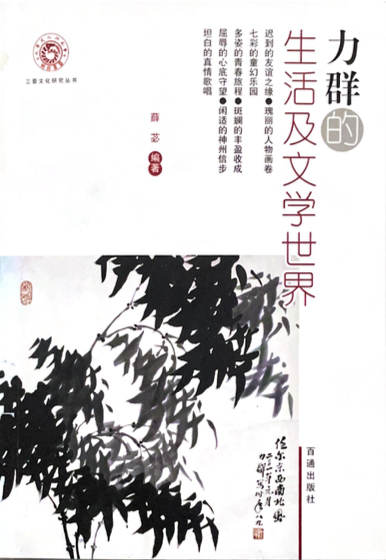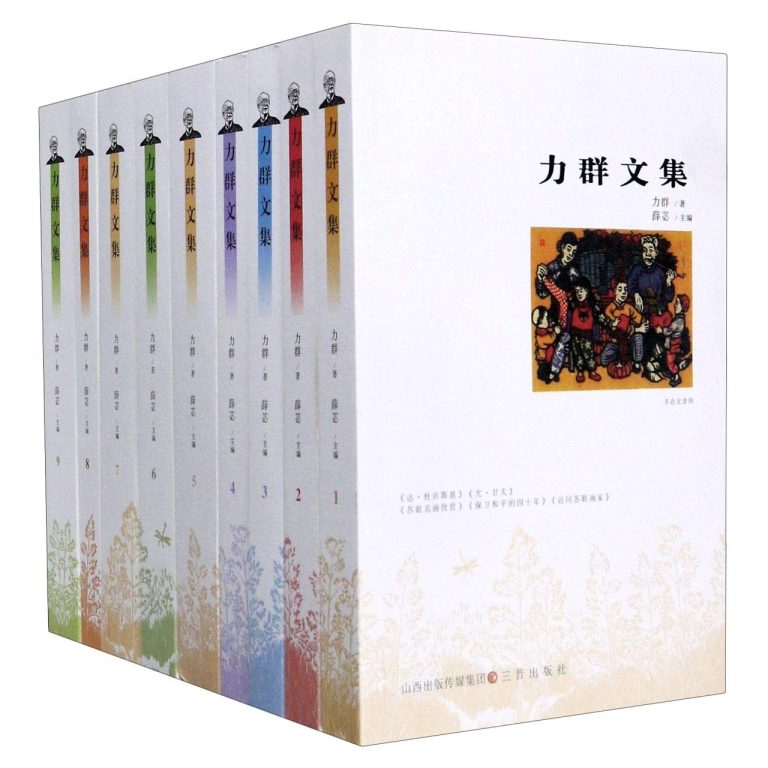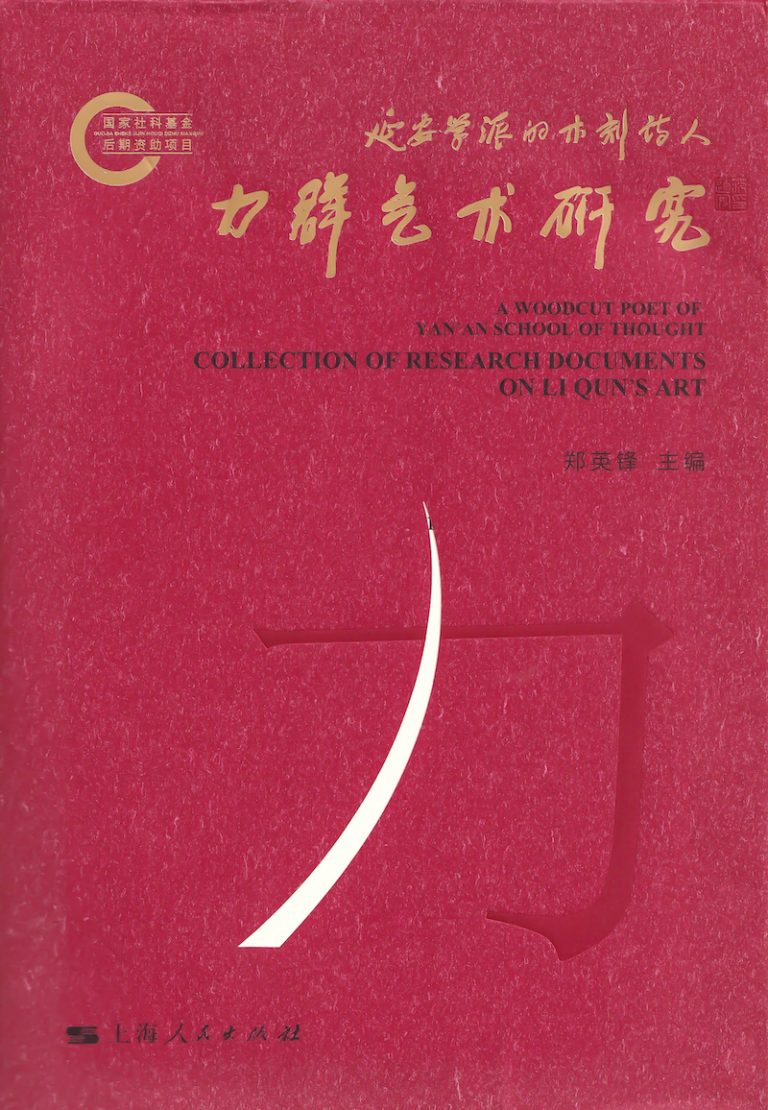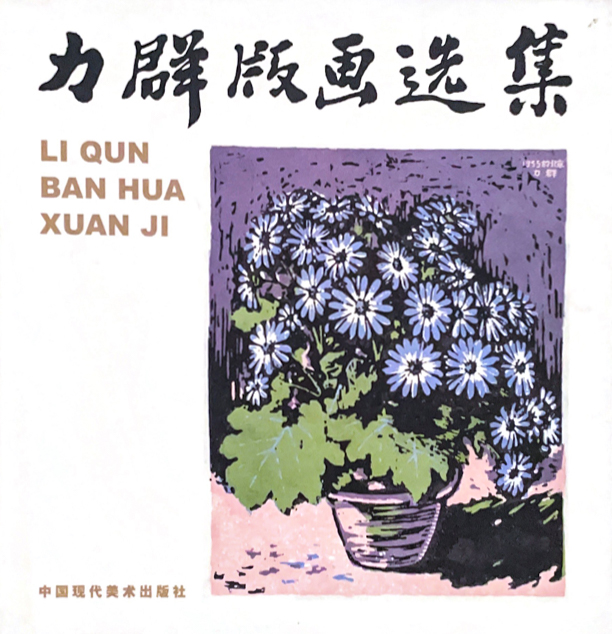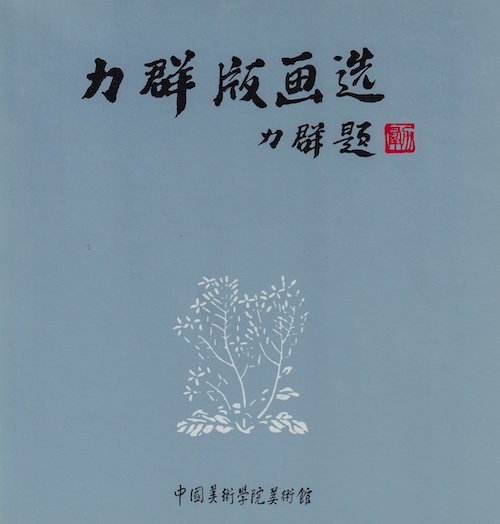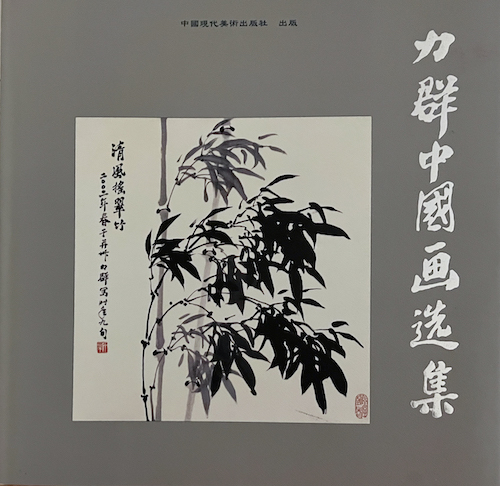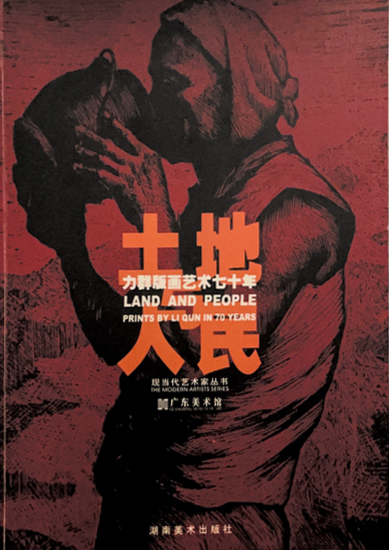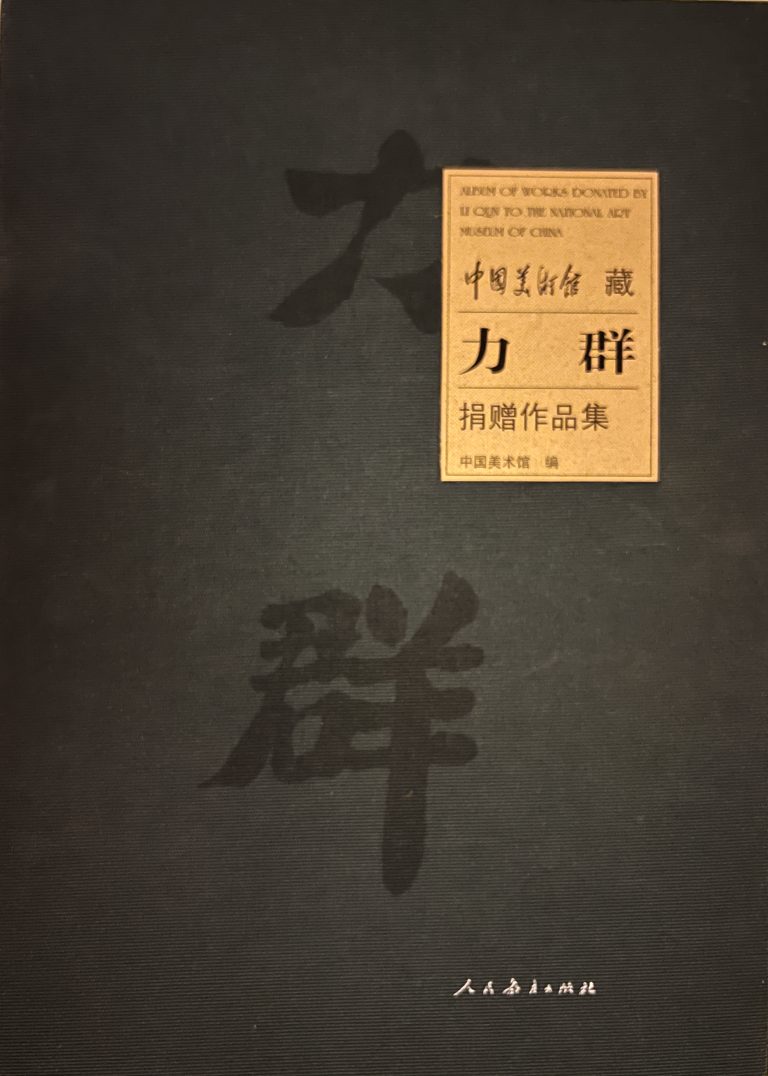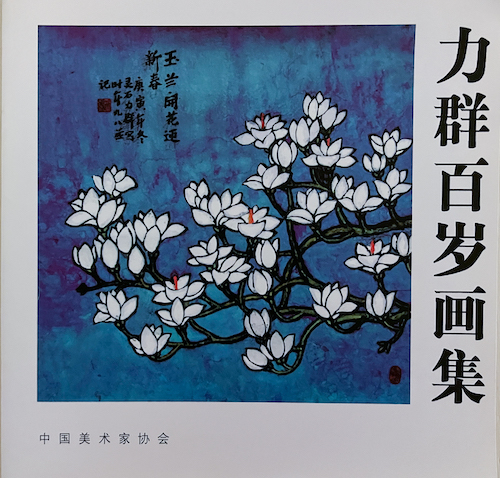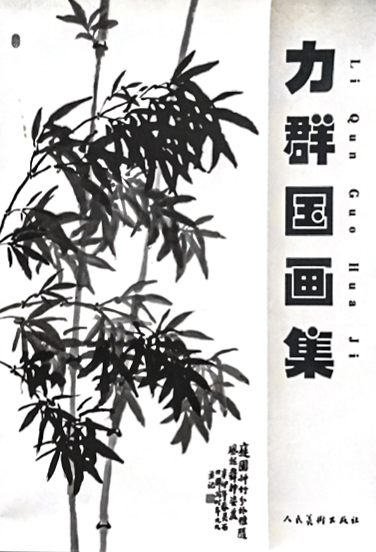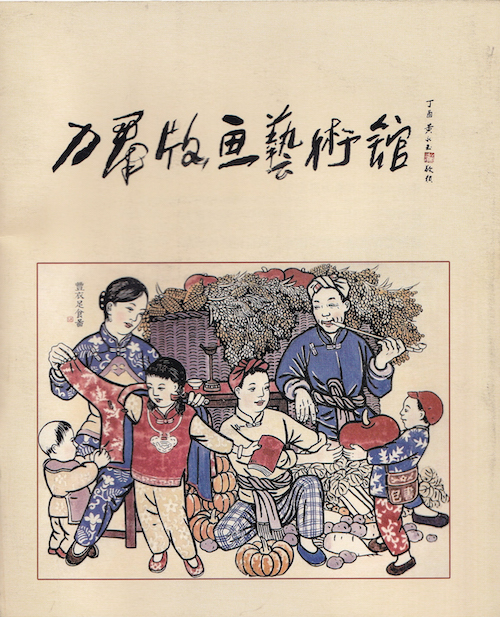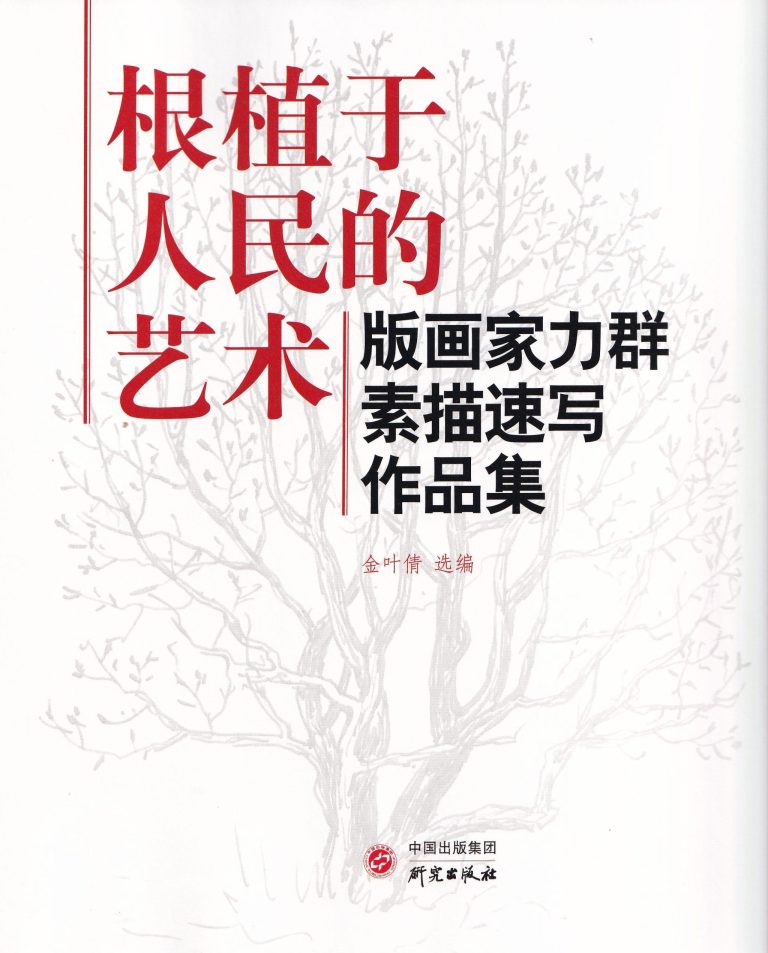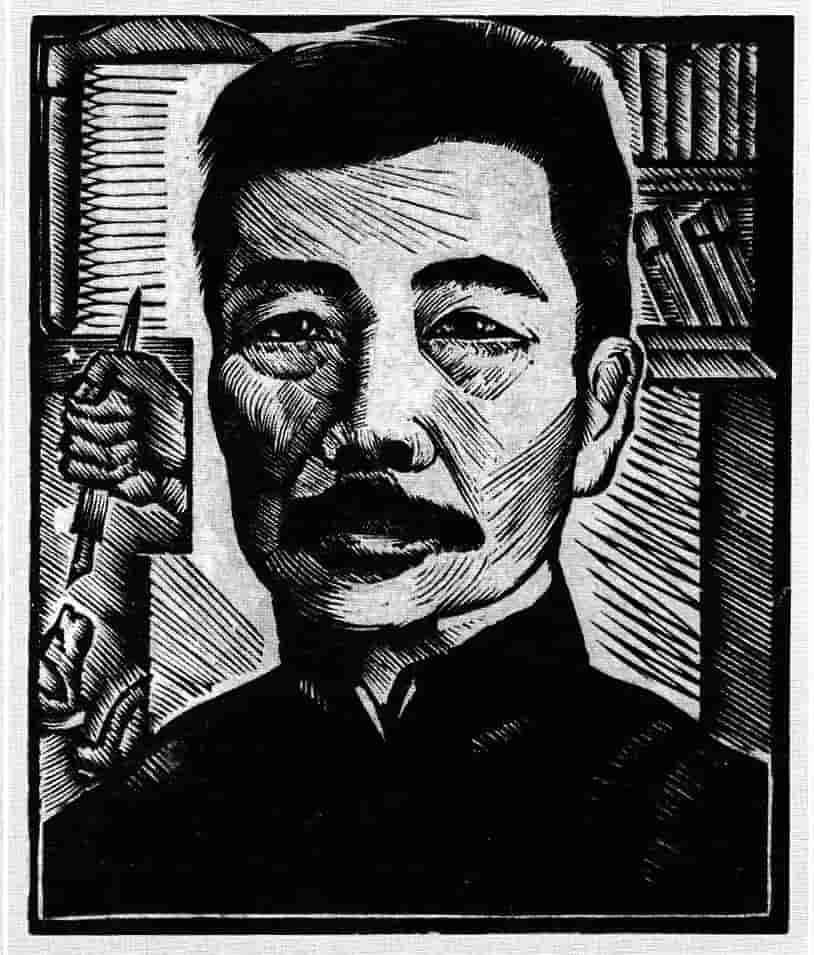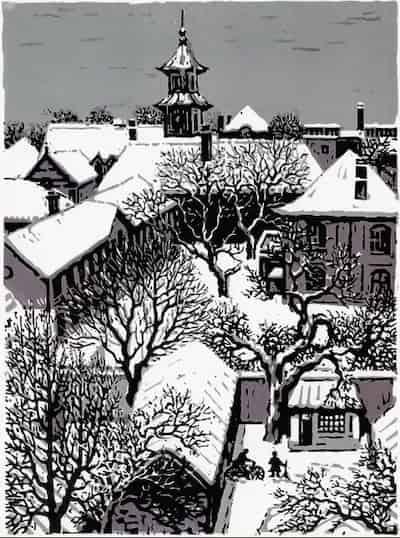The forthcoming “Picture Biography of Li Qun” provides an in-depth look into the life and artistic journey of this revered figure. From his humble beginnings in Shanxi to becoming a pioneering force in China’s woodcuts and printmaking movement. Li Qun’s unwavering commitment to his craft endured personal and political challenges. His story, from rural roots to the National Hangzhou Art College, mirrors China’s modern history’s tumultuous backdrop. Imprisonment during the Kuomintang era and active involvement in national efforts during the Anti-Japanese War shaped his experiences. Beyond printmaking, Li Qun’s artistic endeavours spanned Chinese painting and literature, earning international recognition. Known for his warm personality and advocacy for cultural preservation, his legacy lives on through initiatives like the “Li Qun Art Museum“. As the biography reveals, Li Qun’s impact as a “People’s Artist” transcends artistic realms, symbolising contemporary China’s spirit and inspiring future generations. This book is translated in English on this website.

Childhood 1912-1930
A village childhood Li Qun’s roots trace back to a quaint mountain village, an enclave characterised by a mere six courtyards and ten households in its nascent years. This hamlet, situated in Lingshi County, Shanxi Province, earned its identity as Hao Jia Zhang. Positioned to the east of Fenhe River,


